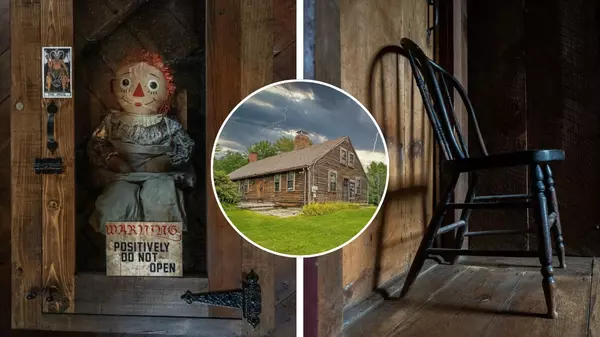You’ll Struggle To Live Well in New York on Just Your Social Security, Even If Your Mortgage Is Paid Off
Retirees in New York face one of the steepest financial gaps in the nation when relying solely on Social Security.
According to a Realtor.com® analysis of median Social Security benefits by state and the Elder Economic Security Standard Index, the typical retiree in New York experiences an annual shortfall of $7,248, or about $604 per month, even with their mortgage fully paid.
The figures reveal the challenge, even before you factor in the concern that the benefit may no longer be available in the coming decades.
Housing burden defines retirement challenges
Retirees here contend with average monthly living expenses of $2,578, while their median Social Security benefit is just $1,974. Housing expenses, which average $1,065 per month, consume more than half of a retiree’s monthly benefit and push budgets into deficit before covering healthcare, food, or transportation.
In New York, housing represents the single largest obstacle. Even without a mortgage, high property taxes, costly insurance, and elevated utility bills—particularly in colder upstate regions—drive monthly housing costs far above the affordability threshold of 30% of income.
By comparison, retirees in states like West Virginia spend less than $400 a month on housing. The gap underscores why New York lands near the top of the shortfall list.
Retirement in New York: Lifestyle vs. Affordability
New York continues to draw retirees who value access to world-class healthcare and variety of amenities.
New York City, with its hospitals, public transit, and senior programs, offers advantages that extend beyond cost. Meanwhile, regions such as Long Island and the Hudson Valley are popular for their blend of suburban living and access to nature.
But the tradeoff is affordability. Property taxes in suburban counties rank among the highest in the nation, and heating costs in upstate winters can stretch budgets to the breaking point. For retirees without significant supplemental savings or pensions, Social Security alone simply cannot cover the essentials.

New York vs the rest of the country
Nationally, the typical retiree faces an average annual shortfall of $2,762, or about $230 per month. New York’s $7,248 deficit places it among the five hardest states in which to retire on Social Security alone, behind only Vermont, New Jersey, and Massachusetts.
Regionally, the challenge is part of a broader affordability crisis in the Northeast. Connecticut retirees face a $5,436 annual shortfall, while New Hampshire’s deficit is $6,564. Rhode Island seniors fall short by $4,164. Across the board, high housing costs push retirees well beyond what Social Security can support.
The outlook for retirees on Social Security
Looking ahead, Social Security’s uncertain future compounds the problem. Without intervention, benefits may be cut to 77% of their current levels by 2033. For New York retirees, that would expand today’s $7,248 shortfall into a crushing deficit of more than $11,000 per year.
For seniors hoping to live in New York without supplemental income, the math doesn’t work. Even with a mortgage paid off, the state’s high property taxes, utility costs, and insurance premiums make Social Security alone inadequate to support a secure retirement.
This article was produced with editorial input from Dina Sartore-Bodo, Gabriella Iannetta, and Allaire Conte.
Categories
Recent Posts










GET MORE INFORMATION

